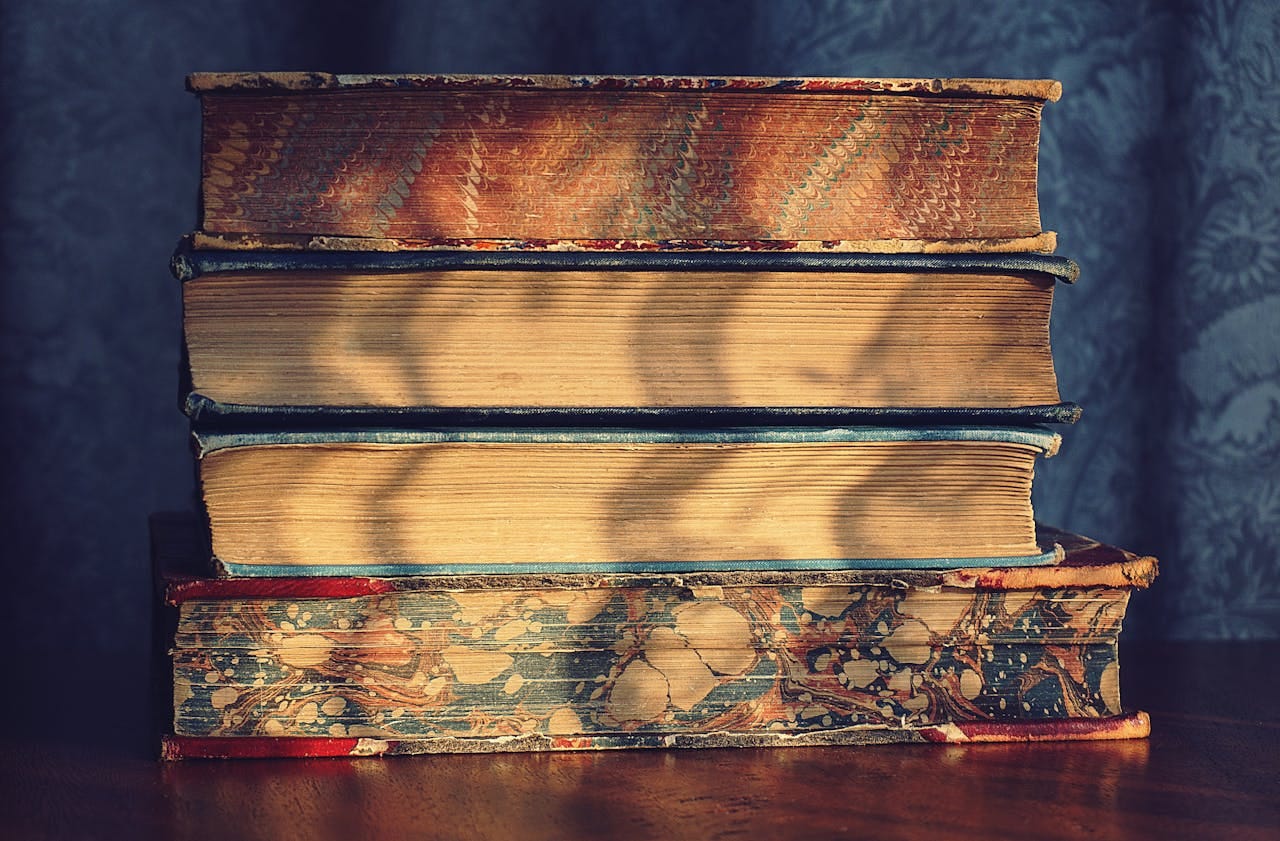What is Gothic Horror?
How many subgenres of horror would you guess there were? Where does Gothic horror fit in?
You may have heard the term “gothic horror” tossed around in book-related circles. But have you ever wondered what the term actually means?
Horror itself can be a confusing genre. When most people think of horror they’re thinking of blood and guts, dismemberment, and characters like Freddy Krueger and Michael Myers. The type of slasher bloodbath movies that were a frequent part of sleepovers growing up.
But horror as a genre is much broader.
Types of Horror
How many subgenres of horror would you guess there were? If you estimated somewhere in the thirties, you’re right. Popcorn Horror created this wonderful Horror Genre Chart which clearly organizes the different subgenres and sub-sub genres of horror. It has everything from Madness & Paranoia to Werewolves, to Devil & Demons & Hell, with plenty more in between.
With so many sub-genres and sub-types classified, it’s no wonder many of us are confused as to what classifies horror and what doesn’t.
Note: despite the excellent chart, Popcorn Horror appears to have left out gothic horror and/or literary horror. But I think this is because the chart classifies only movie horror, not literature.
To find out more about gothic horror in literature and find a great definition, I kept digging.
MasterClass offers six subgenres in the area of horror:
Gothic
Paranormal
Occult
Dark fantasy
Survival
Science fiction horror
Read the article, “What is Horror Fiction?” for examples of each of these types.
Gothic Horror: Definition
So, what is gothic horror? In literature, the MasterClass article states that it’s a genre “which focuses on death specifically”.
In this article, “A Brief History of Gothic Horror,” we get an even clearer definition:
“Early novels in the gothic horror subgenre heavily feature discussions of morality, philosophy, and religion, with the evil villains most often acting as metaphors for some sort of human temptation the hero must overcome.” ~Amanda Pagan, New York Public Library
5 Essential Elements of Gothic Horror and Gothic Suspense
As a lover of gothic horror and gothic suspense, I would add the following key elements:
Atmospheric–the atmosphere or surroundings in the story are rich enough to almost be a character themselves
Villain–no matter if it’s a person, a spirit, or a physical thing (such as a creepy, old house) the villain is key to a great gothic suspense story
Isolation — a deserted mansion, a wind-torn island, a remote castle in the moors
Literary-like writing–descriptions that insert you into the novel are key, erasing both time and place as you’re sucked into a different reality
Uncertainty–rampant in many gothic novels, uncertainty, or even gaslighting is a familiar tool, creating a sense of unease for the protagonist. (Ex: Is that really someone in the hallway of the abandoned mansion, or simply a shadow? Or was it caused by Elsa mixing her Percocet with too much wine instead of dinner?)
Examples of Gothic Horror in Literature
Historically speaking, there were many “greats” when it comes to gothic horror literature. Edgar Allan Poe was known for his dark, macabre fictional works and poetry. Mary Shelley’s Frankenstein and Bram Stoker’s Dracula also fall into this category.
More modern examples of gothic horror books:
The Thirteenth Tale, by Diane Setterfield (read my book review on Goodreads)
We Have Always Lived in the Castle, by Shirley Jackson
The Woman in Black, by Susan Hill
Angelology, by Danille Trussoni
The Haunting of Hill House, by Shirley Jackson
Stanger Diaries, by Elly Griffiths (my favorite book of 2019)
Hopefully, this article helps to better clarify what falls under the gothic horror umbrella. I’d love to hear your thoughts on this — what did I miss that should have been on the list?



